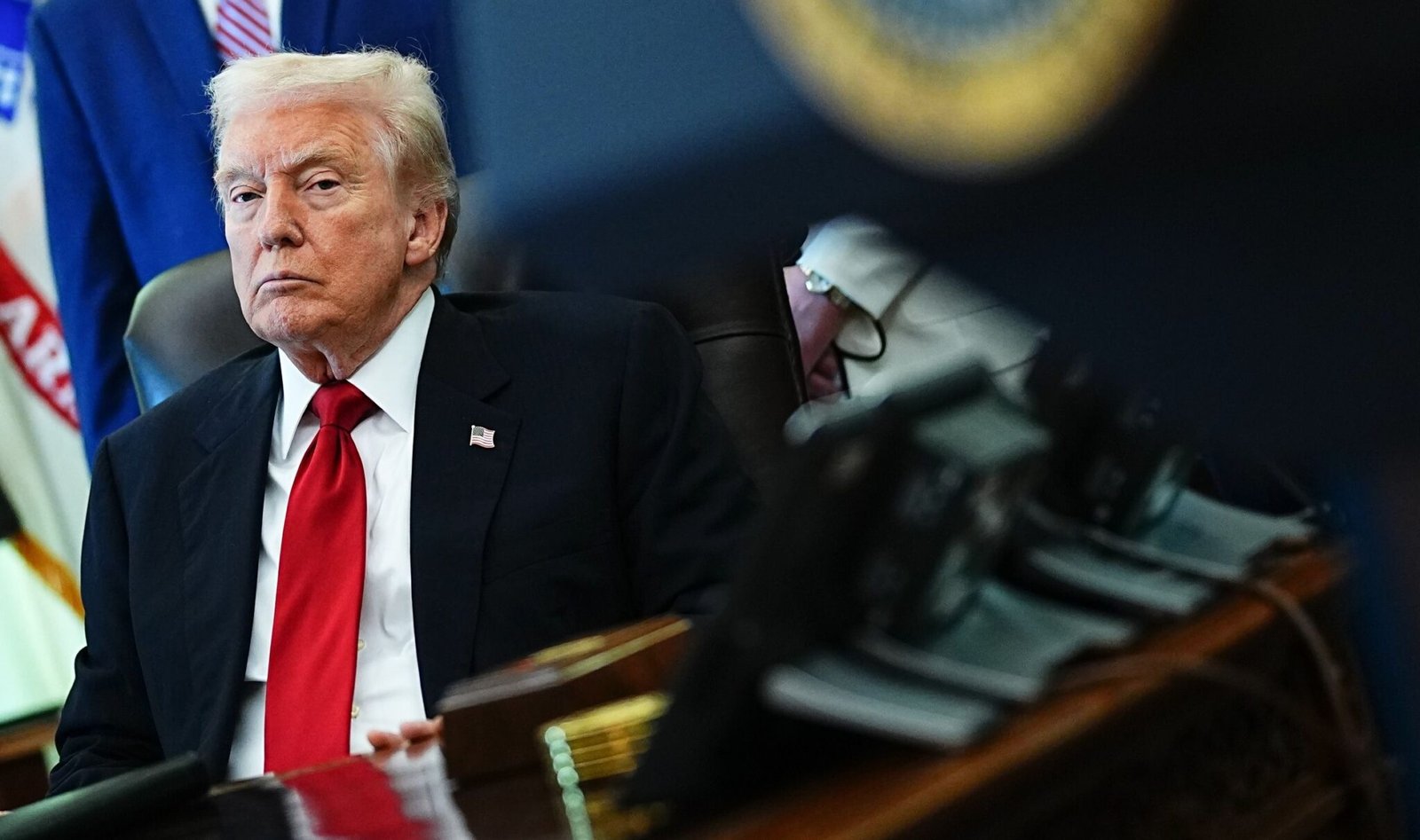By Shah J. Choudhury
New York: Former U.S. President and leading Republican figure Donald Trump on Monday announced a plan to give $2,000 “tariff dividend” to most Americans, funded by revenue from import tariffs—excluding high-income individuals. The announcement has immediately sparked questions and debates across economic, legal, and political spheres in the United States.
Trump wrote on social media:
“A dividend of at least $2000 a person (not including high income people!) will be paid to everyone.”
While the proposal may provide immediate financial relief to many, implementing it is far from straightforward.
Key Details
• The administration claims that tariff revenues will fund this dividend. However, providing $2,000 per person could cost the government $300 billion or more, depending on the eligible population.
• Officials indicate there could be multiple ways to implement this, such as tax credits or other mechanisms.
• Legal challenges remain: it is not clear whether the President can unilaterally use tariff revenues in this way, and the matter may face scrutiny in the Supreme Court.
Analysis and Potential Impact
• Economists note that the $2,000 dividend could provide immediate relief to lower- and middle-income families, but it could also exacerbate national debt and budget deficits.
• Trade and tax policy experts warn that tariff revenue is not a guaranteed, stable source of funding, and careful planning is needed before any such dividend can be realistically distributed.
• Politically, the proposal could be a strategic move for Republicans, appealing to voters with a popular financial initiative. However, failure to deliver could create major political and social backlash.
Next Steps and Open Questions
• When will the administration release a detailed plan, including eligibility, income limits, and payment methods?
• How will Congress react, given that federal budget control resides with lawmakers?
• How much will the public trust this promise, and what political fallout might occur if it is not fully realized?
• What are the long-term effects on international trade, inflation, and supply chains if this tariff-based dividend is implemented?
Conclusion
Trump’s $2,000 tariff dividend proposal is a bold, popular, yet complex economic initiative. While it may provide relief to many Americans, it faces significant economic, legal, and political challenges.
Key questions remain:
• Will the administration act quickly with a viable implementation plan?
• Will Americans trust the promise?
• What will be the broader economic and international impact?
These questions are expected to shape the U.S. political and economic landscape in the coming months.







